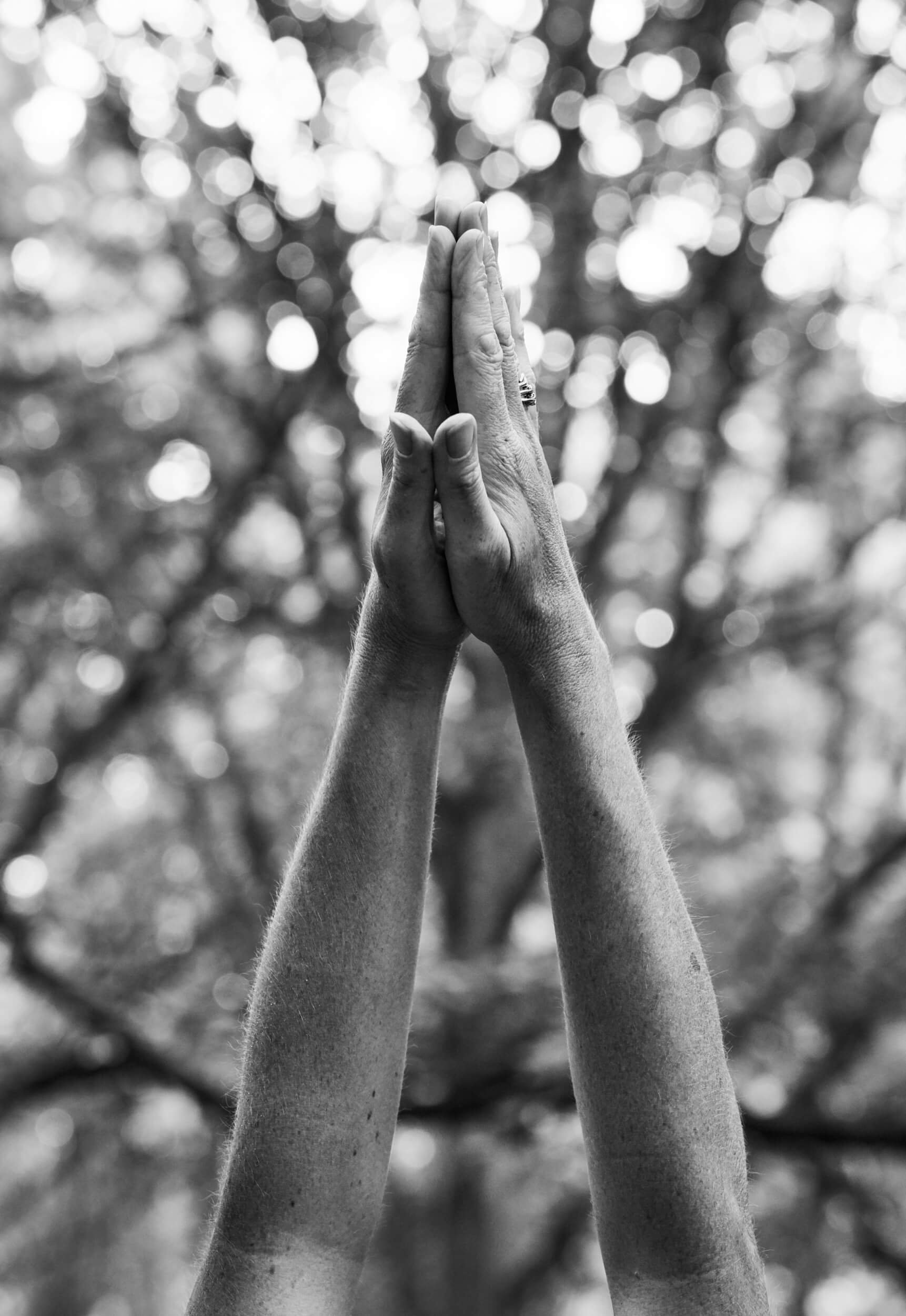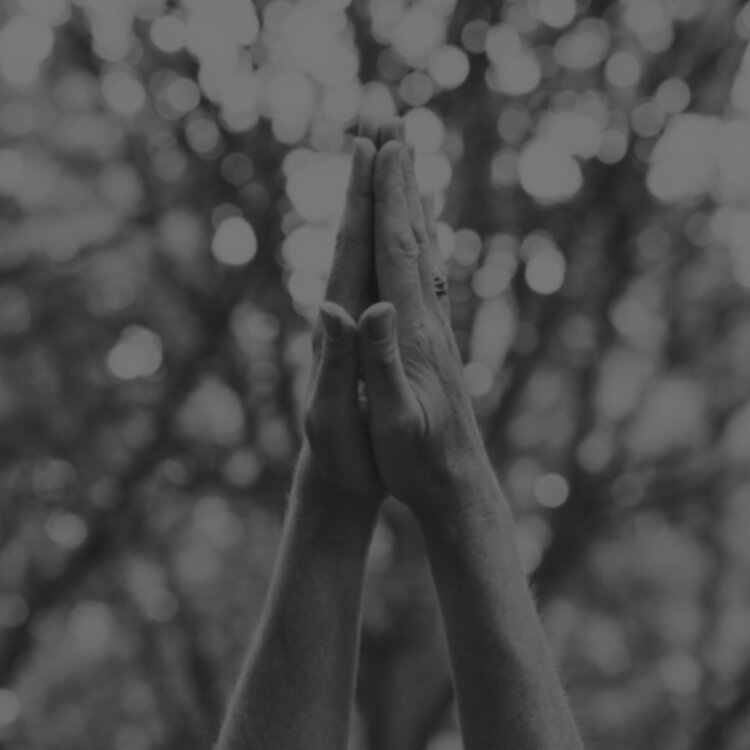
open yoga
—The Short Answer—
These classes are slow flowing classes which include Sun Salutations and a number of yoga postures. The class also includes breath work, meditation, relaxation and often a relevant reading. The sequence will change slightly each time but expect some level of repetition.
Inspired by a broad range of traditional yogic techniques and influenced by Ashtanga and Iyengar Yoga.
Bring props if you have them.
These classes are not on the schedule and are offered to private clients/groups only.
—The Long Answer—
The word yoga has a long history in India; the word itself first appears in the Rigveda (1500BC – 1200 BC). Yogic techniques were first used by the ascetics within the Vedic tradition (700 – 100 BCE) and within the Śramaṇa tradition – Buddhists, Jains and Ājīvikas (500 BCE).
You will find the teachings of yoga within the great Indian Epic – The Mahābhārata (300 CE), which includes the Bhagavad-Gītā. Then came Patañjali who systemised what was available to formulate The Yoga Sūtras of Patañjali (450CE). This text is largely based on the philosophy of Sāṃkhya and one of the most well-known offerings is the yoga of eight limbs, which includes postures (āsana) breath control (prāṇāyāma) and meditation (dhyāna).
The tantric tradition (6th – 13th century CE), brought more elaborate practices with visualisations, mantra practice, meditation and breath control. Haṭha Yoga (11th – 15th CE) followed and drew on the offerings from Patañjali and the Tantric traditions and introduced new physical practices. The Haṭha yogis offered more postures (there were 84 in the Haṭha Yoga Pradīpikā), breath control, cleansing processes and mudrās to attain samadhi.
This is why this class is called Open Yoga as it draws on a range of techniques from the various traditions and from the more modern schools of Ashtanga and Iyengar Yoga.
Open Yoga Classes
We also offer private classes (either online or face-to-face).
See more details about getting started online and pre-class preparation.

